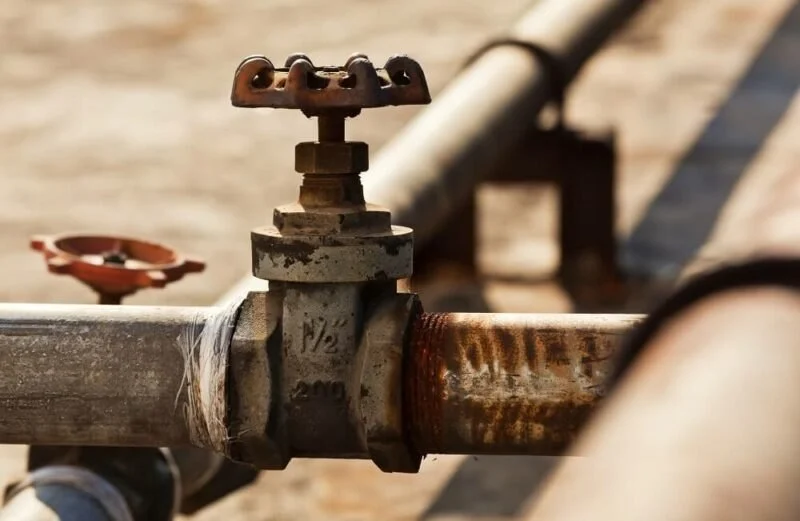
- Understanding Galvanic Corrosion
- Signs of Galvanic Corrosion in Pipes
- How to Stop Galvanic Corrosion
- Prevention Tips for Long-Term Plumbing Health
- Conclusion
Understanding Galvanic Corrosion
Galvanic corrosion occurs when two different metals come into contact in the presence of an electrolyte, typically water, causing a chemical reaction that leads to corrosion. This type of corrosion is common in plumbing systems where pipes made of different metals, such as copper and galvanized steel, are connected. Over time, this corrosion can weaken the pipes and lead to leaks, blockages, and costly repairs.
In plumbing systems, the most common cause of galvanic corrosion is when copper pipes are connected to galvanized steel pipes. The copper and steel create an electrochemical reaction that accelerates the corrosion of the galvanized steel, often leading to pipe failure if not addressed promptly. Understanding how this happens is the first step in protecting your plumbing system from damage.
Signs of Galvanic Corrosion in Pipes
Galvanic corrosion can be difficult to spot at first, but there are several key signs that may indicate it’s happening in your plumbing system. Recognizing these signs early can help prevent serious damage to your pipes:
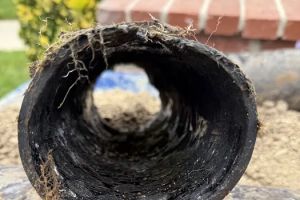
Whyte Plumbing, Inc. & Pipe Dr USA.
Los AngelesLos Angeles CountyCalifornia
8736 Jumilla Ave, Northridge, CA 91324, USA
1. Visible Corrosion on Pipe Joints
If you notice greenish or bluish stains around joints where different types of pipes meet, it could be a sign of galvanic corrosion. The copper pipe may be corroding at the joint where it connects with the galvanized steel pipe, and this can lead to leaks or further corrosion.
2. Leaks at the Connection Points
Galvanic corrosion can weaken the metal, leading to leaks. If you notice water dripping or pooling around pipe joints or if you experience low water pressure, the pipes may be compromised due to corrosion.
3. Water Quality Changes
If your water becomes discolored or has a metallic taste, it could indicate that corrosion is affecting your pipes. Rust and other debris from corroded pipes can affect the water quality, making it unsafe to drink or use.
4. Unusual Noises in the Pipes
Sometimes, the buildup of corrosion and debris inside the pipes can lead to unusual sounds, like gurgling or bubbling. This can indicate blockages or issues caused by corrosion in the plumbing system.
How to Stop Galvanic Corrosion
Once you identify galvanic corrosion in your plumbing system, it’s essential to act quickly to prevent further damage. Here’s how you can stop galvanic corrosion in its tracks:
1. Replace Corroded Pipes
The most effective way to stop galvanic corrosion is to replace the affected pipes. If copper and galvanized steel pipes are connected, replacing the galvanized steel pipes with modern materials like PVC, PEX, or copper can eliminate the electrochemical reaction that causes corrosion.
2. Use Dielectric Unions
When connecting different types of metal pipes, dielectric unions can help prevent galvanic corrosion. These unions have a non-metallic insulating barrier between the two metals, preventing direct contact and stopping the electrochemical reaction. Installing dielectric unions is a simple and cost-effective way to prevent corrosion.
3. Add Corrosion-Resistant Coatings
Applying corrosion-resistant coatings to your pipes can also help protect them from galvanic corrosion. These coatings act as a barrier, preventing the metals from coming into direct contact with water and reducing the risk of corrosion.
4. Ensure Proper Grounding and Bonding
Proper grounding and bonding of your plumbing system can help prevent galvanic corrosion by ensuring that stray electrical currents don’t cause electrochemical reactions in the pipes. A licensed plumber can assess your system and ensure that it’s properly grounded and bonded.
Prevention Tips for Long-Term Plumbing Health
Once you’ve dealt with galvanic corrosion, it’s essential to take preventive measures to keep your plumbing in good condition for the long term. Here are some tips to help maintain a healthy plumbing system:
1. Regular Inspections
Having your plumbing system regularly inspected by a professional can help identify issues like galvanic corrosion before they become major problems. Early detection allows you to address any concerns promptly, avoiding expensive repairs down the line.
2. Use Compatible Materials
When making repairs or upgrading your plumbing, always ensure that the materials you use are compatible. Avoid connecting different metals, as this can lead to galvanic corrosion. Using materials like PVC or PEX can prevent these issues.
3. Maintain Water Quality
Maintaining the right water chemistry can help reduce corrosion in your pipes. If your water is too acidic or contains high levels of minerals, it can accelerate the corrosion process. Consider installing a water softener or a filtration system to improve water quality and protect your plumbing.
Conclusion
Galvanic corrosion is a serious issue that can cause significant damage to your plumbing system if left unchecked. By understanding the signs of corrosion and taking proactive measures to prevent and repair it, you can keep your pipes in excellent condition for years to come.
Don’t wait for corrosion to cause costly damage to your plumbing system. Contact a professional plumber today to assess your pipes and implement the necessary repairs or preventative measures. For the best plumbing products and services, visit Plumbers Supply Hub for all your plumbing needs.

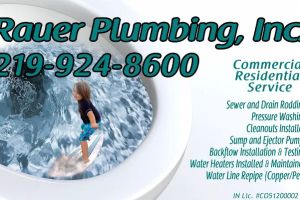
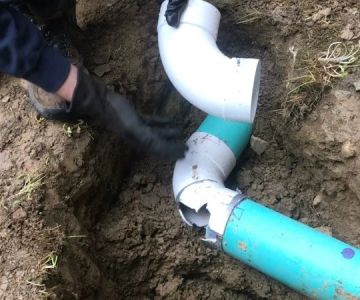


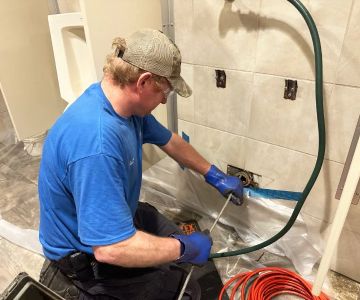
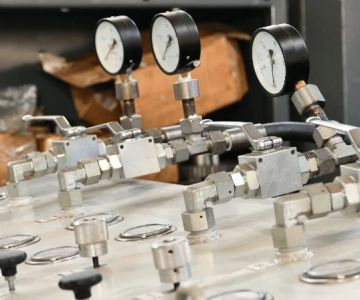
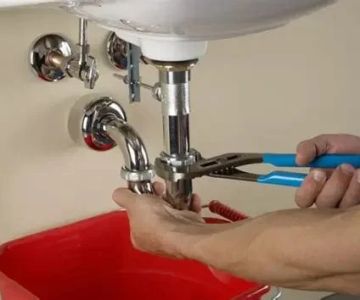
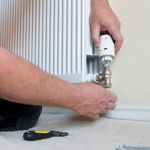 Dease Plumbing4.0 (25 reviews)
Dease Plumbing4.0 (25 reviews) Plumbing Service & Sales Inc5.0 (3 reviews)
Plumbing Service & Sales Inc5.0 (3 reviews) Mitchell & son Plumbing2.0 (10 reviews)
Mitchell & son Plumbing2.0 (10 reviews) Vesey Plumbing4.0 (11 reviews)
Vesey Plumbing4.0 (11 reviews) Premier Plumbing5.0 (252 reviews)
Premier Plumbing5.0 (252 reviews)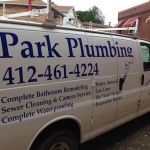 Park Plumbing4.0 (39 reviews)
Park Plumbing4.0 (39 reviews)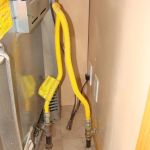 How to Replace a Fuel Line in a Gas Appliance
How to Replace a Fuel Line in a Gas Appliance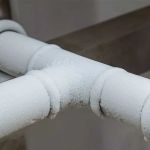 What Causes Frozen Pipes and How You Can Prevent It - Expert Tips
What Causes Frozen Pipes and How You Can Prevent It - Expert Tips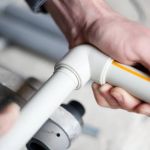 How to Replace a Plastic Pipe Fitting That Fails
How to Replace a Plastic Pipe Fitting That Fails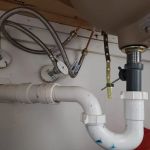 How to Repair a Sink That Drains Faster Than Faucet: Fixing Plumbing Issues Efficiently
How to Repair a Sink That Drains Faster Than Faucet: Fixing Plumbing Issues Efficiently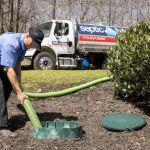 How to Clean Out a Septic Drain Field Safely: Expert Tips and Guidelines
How to Clean Out a Septic Drain Field Safely: Expert Tips and Guidelines How to Replace a Showerhead with Low Flow Design for Water Conservation
How to Replace a Showerhead with Low Flow Design for Water Conservation